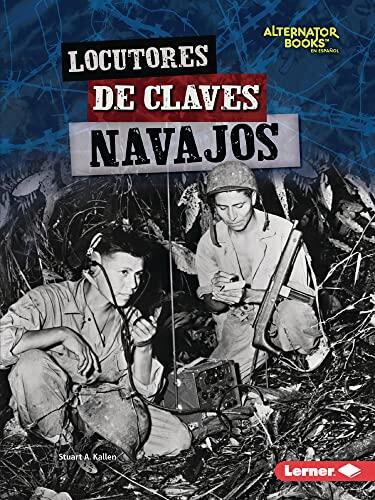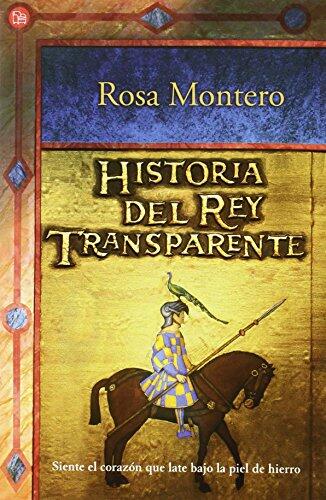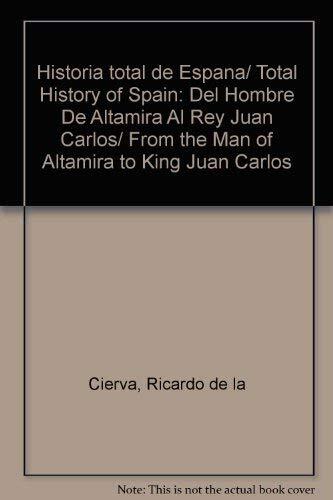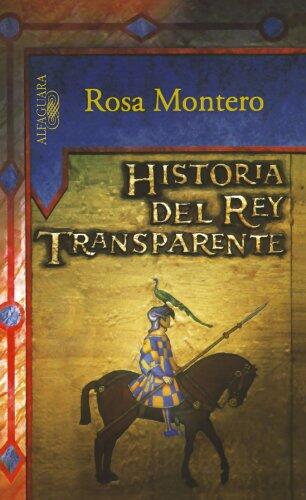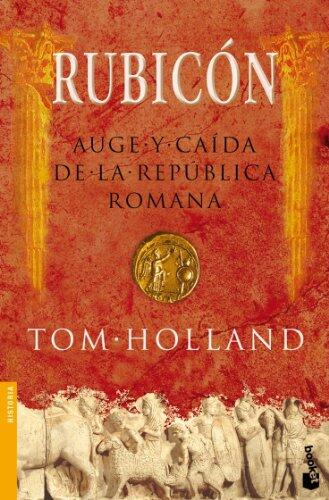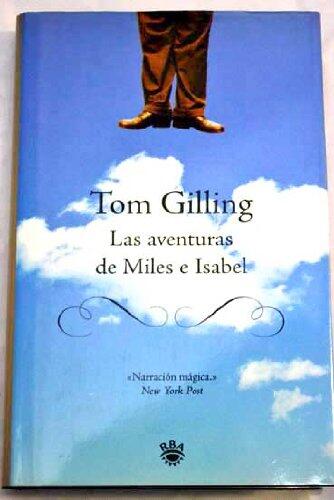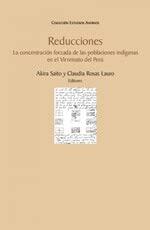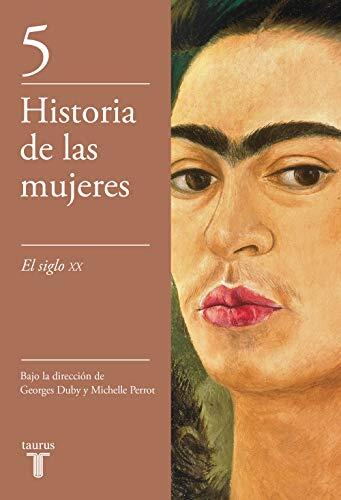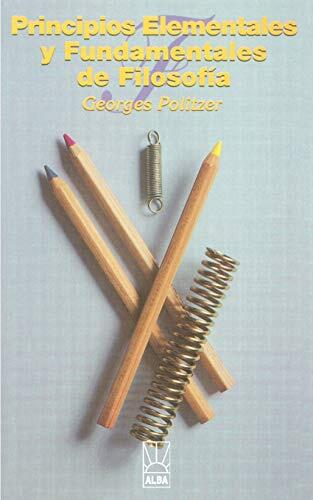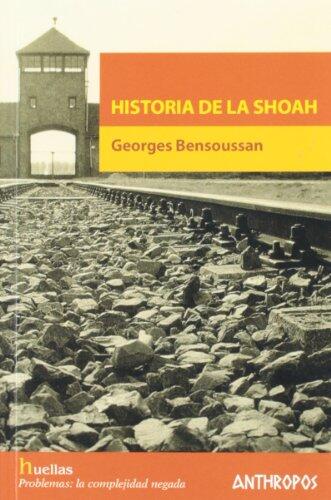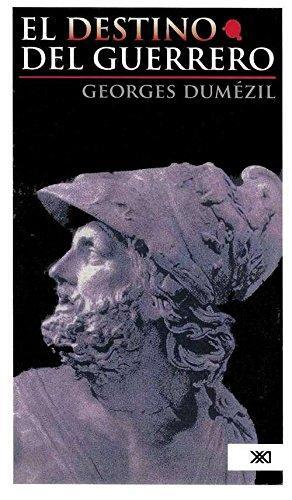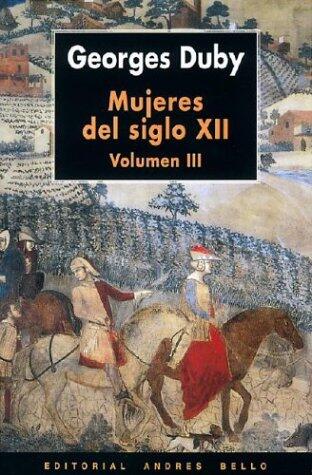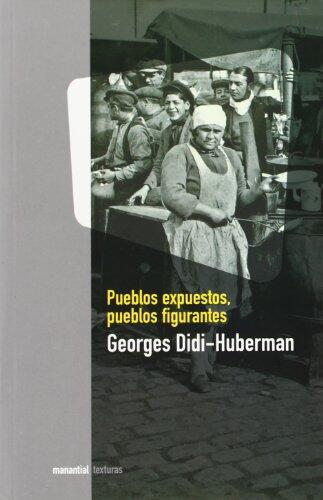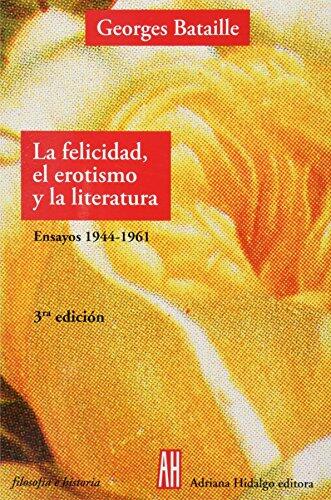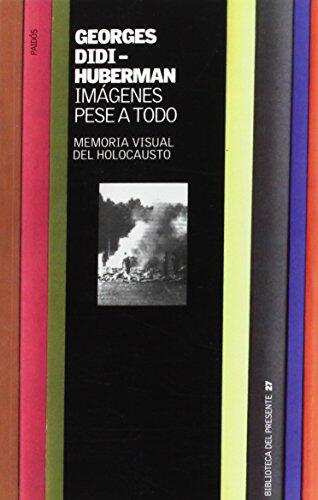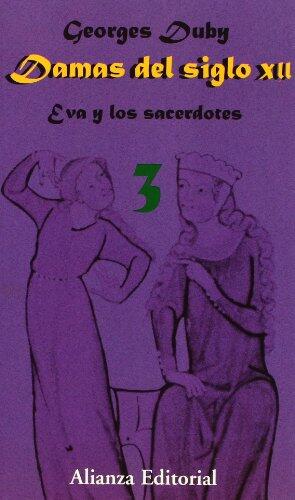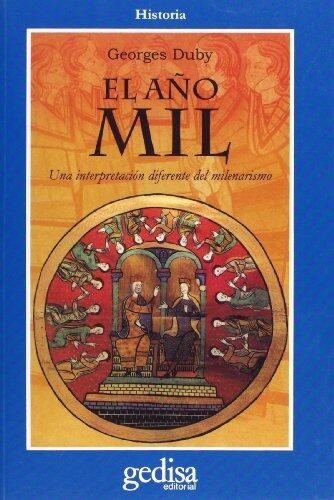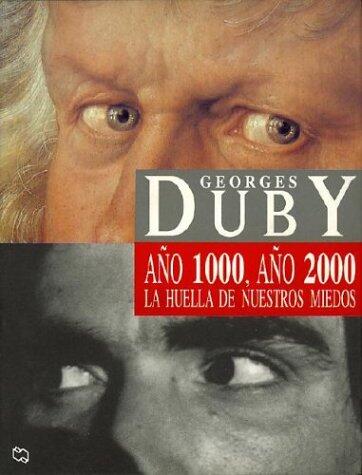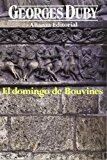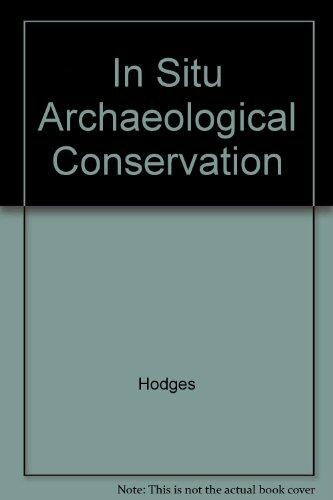
Conservacion Arqueologica In Situ: Actas de la Reunion 6-13 Abril 1986, Mexico
によって
Henry Hodges
まだ評価がありません
History
Art & Photography
形式
ペーパーバック
ページ数
240
言語
スペイン語
公開されました
Dec 30, 1993
出版社
Getty Conservation Institute
版
1
ISBN-10
0892362510
ISBN-13
9780892362516
説明
This compilation presents the proceedings from an archaeological conference held in Mexico, focusing on the vital theme of in situ conservation. It brings together experts and enthusiasts to discuss best practices and innovative strategies for preserving archaeological treasures in their original locations. Through a holistic approach, the contributors explore the significance of protecting archaeological sites, considering both cultural heritage and environmental factors.
As a collective work, the document reflects extensive research and discussion. The insights shared highlight various methodologies employed across different regions, illustrating a diverse range of challenges and solutions faced by archaeologists and conservationists alike. From meticulous documentation practices to community involvement, each section emphasizes the importance of collaboration in safeguarding history.
Throughout the text, readers will find case studies illuminating the complexities of conservation efforts. The exchange of ideas serves not only to raise awareness but also to inspire future generations to engage in the preservation of their cultural legacy.
As the work unfolds, it becomes evident that the stakes are high in archaeological conservation. The voices collected within its pages echo a shared commitment to maintain the integrity of our past, ensuring that future generations can explore and understand the world’s archaeological richness.
As a collective work, the document reflects extensive research and discussion. The insights shared highlight various methodologies employed across different regions, illustrating a diverse range of challenges and solutions faced by archaeologists and conservationists alike. From meticulous documentation practices to community involvement, each section emphasizes the importance of collaboration in safeguarding history.
Throughout the text, readers will find case studies illuminating the complexities of conservation efforts. The exchange of ideas serves not only to raise awareness but also to inspire future generations to engage in the preservation of their cultural legacy.
As the work unfolds, it becomes evident that the stakes are high in archaeological conservation. The voices collected within its pages echo a shared commitment to maintain the integrity of our past, ensuring that future generations can explore and understand the world’s archaeological richness.
